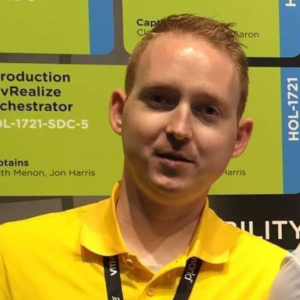During the implemention of a private cloud solution using vSphere and vCloud Director, there was the need to reinstall the ESXi hosts with a custom ISO. At that point the vSphere platform was already deployed, vShield Manager and vCloud Director were running and integrated with each other, and the VXLAN preparations (transport VLAN added, vmknics were deployed and active and the segment networks config) we’re already done. VXLAN Network deployment was working and the vShield Manager and vCloud Director were happy with the vSphere environment.
After the ESXi host reinstall, it got its Host Profile back and was added … Read more
